Disorders Cure
oi-Shivangi Karn
on July 8, 2020
July is celebrated as National Cleft and Craniofacial Awareness and Prevention Month (NCCAPM). Cleft and craniofacial affects a lot of newborns or infants every year. One out of every 1000 baby is born with this birth defect every year.
Children with clefts of the lips and palate and other craniofacial conditions face feeding issues and are at increased risk of hearing issues, dental problems and, self-esteem challenges and developmental problems.
The month is meant to raise awareness of the risk factors which are responsible for cleft and craniofacial defects in inborn as well as provide their families with good medical treatments, quality of life and proper management of the condition. Take a look at the details.
 Sarcoma Awareness Month 2020: What Is Sarcoma? Symptoms, Causes, Risk Factors And Treatment
Sarcoma Awareness Month 2020: What Is Sarcoma? Symptoms, Causes, Risk Factors And Treatment
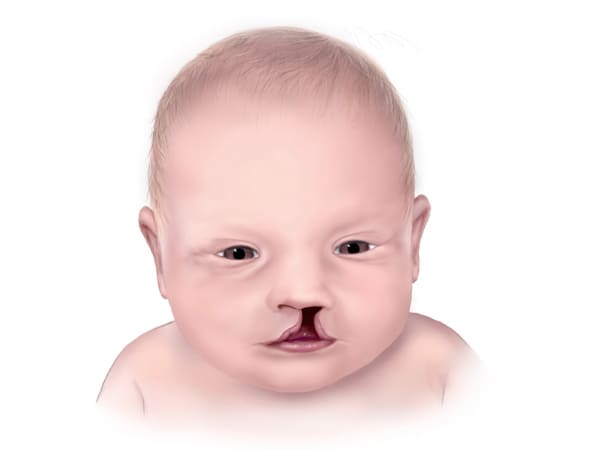
What Is Cleft Lip and Palate?
Cleft lip and palate (CLAP) is a common birth defect characterised by splits or openings in the upper lip (cleft lip) or in the roof of the mouth (cleft palate). The CLAP is formed when the facial structure of foetus is not formed properly.
Cleft lip opening can be large or small. If it is large, the opening connects the upper lip and the nose. Cleft palate opening is present either in the fleshy palate at the back of the mouth or hard palate at the top row of the teeth. [1]
If CLAP occurs on one side of the upper lip, it is called unilateral while called bilateral if occurs on both sides.
There are a lot of treatment options available for newborns with CLAP. If the defect is minor, it can be easily treated with a few procedures while large cleft and palate take time as they involve several intravenous procedures. These procedures take years until their adulthood which is why, children with severe CLAP may often face low self-esteem or confidence due to their irregular lip structure.
 How To Treat Intertrigo: Safe And Effective Home Remedies
How To Treat Intertrigo: Safe And Effective Home Remedies
READ RELATED: B12 deficiency: The sign when waking up in the morning – seen in almost 90% of cases

Causes Of Cleft Lip and Palate
CLAP is caused mainly due to genetic defect during the early pregnancy when the lips of the foetus are at the development stage. The exact cause of the defect or genetic mutation is unknown but several risk factors such as medications, vitamin efficiency, viral flu, chemical exposure and tobacco or alcohol use are responsible. [2]
Some studies also suggest that a newborn is likely to be born with CLAP if his/her sibling or parents (relatives) have the same condition. Medical conditions such as Kabuki syndrome are also responsible. CLAP is usually formed as a result of both genetic and environmental factors.
 World Sickle Cell Day (19 June): What Is Cord Blood Banking? Know More About Its Pros And Cons
World Sickle Cell Day (19 June): What Is Cord Blood Banking? Know More About Its Pros And Cons
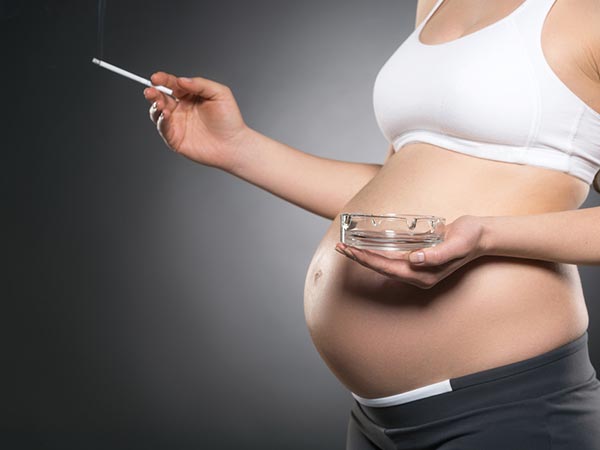
Risk Factors Of Cleft Lip and Palate
- Smoking or drinking alcohol during early pregnancy (5th to 9th week). [5]
- Intake of antiseizure or anticonvulsant drugs during pregnancy.
- Deficiency of folic acid [6]
- Gestational diabetes
- Being obese during pregnancy [7]
- Family history
 20 Home Remedies To Treat Nerve Weakness
20 Home Remedies To Treat Nerve Weakness
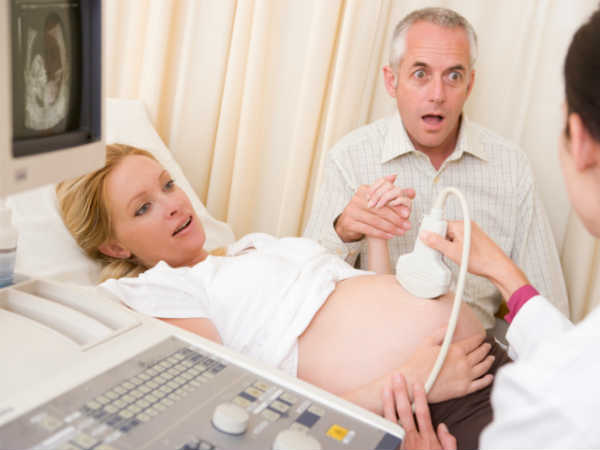
Diagnosis Of Cleft Lip and Palate
- Physical examination: CLAP can easily be diagnosed as the time of birth by physical examination.
- Ultrasound: This method is used to diagnose CLAP during the prenatal period. [9]
- Amniocentesis: If a medical expert finds the signs of CLAP in the unborn babythrough ultrasound, they may recommend this process to find out inherited genetic abnormalities that may lead to other birth defects.
 25 Food To Eat When You Have Food Poisoning
25 Food To Eat When You Have Food Poisoning
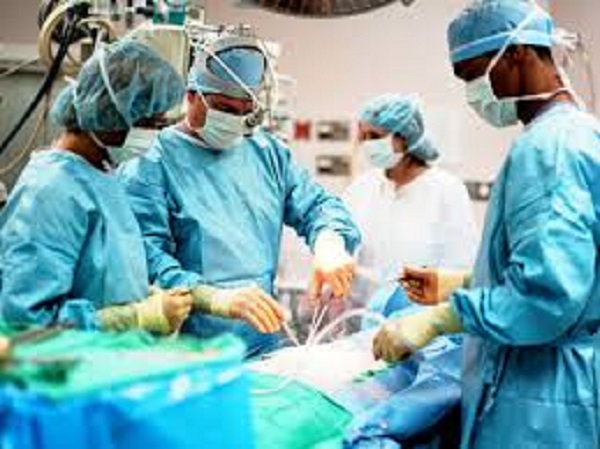
Treatment Of Cleft Lip and Palate
The common treatment methods include:
- Surgery: A single or multiple follow-up lip surgeries depending on the severity of the condition. It also includes ear tube surgery (to minimise the risk of ear fluid accumulation), orthodontic adjustments (to correct irregularities of the teeth) and plastic surgery (to improve the structure of the lips). [10]
- Psychologists: To help the child cope with social stress and improve their self-esteem. They also help their families cope with the stress of medical procedures and other worries related to their child’s development.
- Genetic assessment: To help a family understand about the chances of having another child with the same condition and how to prevent it. [11]
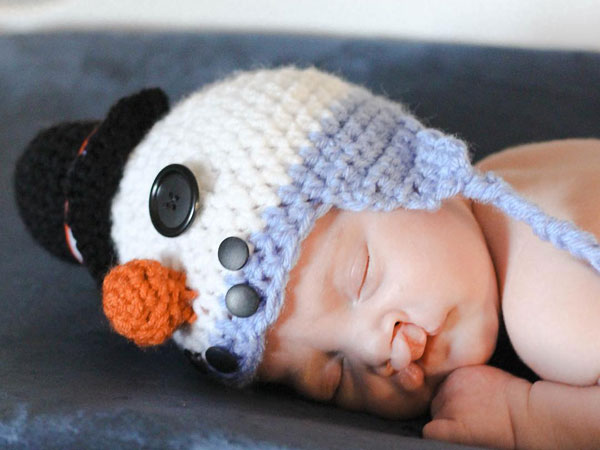
How To Prevent Cleft Lip and Palate
- Consume foods rich in folic acid during the early stage of pregnancy. You can also go for folic acid supplements after consulting a doctor.
- If you have a family history of CLAP, consult a genetic counsellor before planning for a pregnancy.
- Avoid consumption of tobacco, alcohol or any kind of drug abuse during or before the pregnancy.
- Don’t miss routine checkups during the pregnancy as it helps to find abnormalities in the foetus.
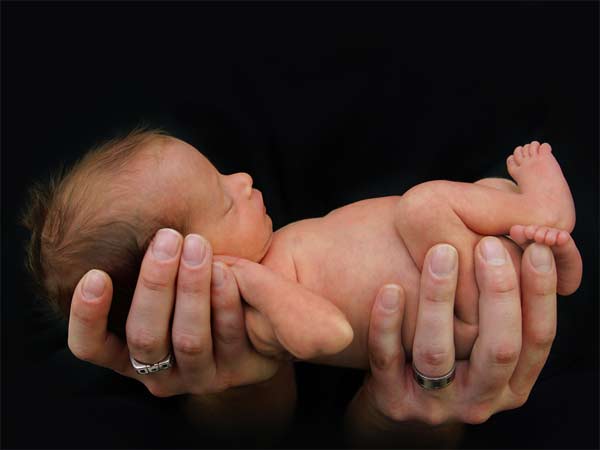
Common FAQs
1. What is the difference between cleft lip and palate?
A cleft lip can be easily seen during the child’s birth as it is the split or opening in the upper lip. A cleft palate usually goes unnoticed as it is present in the upper portion inside the mouth.
2. Is cleft lip a disability?
No, a cleft lip is not a disability. It can easily be corrected through intravenous methods. However, if it is severe, it may cause low confidence or self-esteem in a child due to their improper lip appearance. Also, newborns with CLAP needs extra care and love which may cause stress to the parents.
GET THE BEST BOLDSKY STORIES!
Allow Notifications
You have already subscribed
Story first published: Wednesday, July 8, 2020, 20:30 [IST]
Source: boldsky blog











